Has the thought of learning how to render lard crossed your mind? I think when a lot people think of lard, they seem at least mildly grossed out, if not completely repulsed. Until the early 1900’s, Lard was a staple cooking fat in home kitchens. It was the key ingredient to flaky pie crust, crispy fried chicken and delicious pastries and biscuits.
Unfortunately, we have been told that lard is bad for our health, so we stay away from it. But as we are learning more, we are realizing that lard is one of the better cooking fats to use. I was recently watching a popular Doctor on TV, and he was saying that lard has half the saturated fat as butter and a quarter of the saturated fat as coconut oil. This was a huge eye opener for me. I was using coconut oil for lard only when I was making a flaky pie crust. I am now going to start using when I need a good heat stable oil to fry in.
So, I started to do a little research on how to render lard, and it has some really great data on it. It is one of the highest foods containing vitamin D, second only to cod liver oil. This is seriously something I have an interest in, since I live in Wisconsin and feel trapped inside most of the winter. Of course, you want to find lard from truly pastured pigs to receive those benefits.
Another benefit is that lard is neutral tasting if rendered correctly. I was using coconut oil frequently because of its ability to adapt in my recipes but the taste is not always what I want. You might not think that lard is ideal for sweet foods, but traditionally, it was used in place of shortening, butter, or vegetable oil in your baking recipes. A friend of mine uses it in chocolate chip cookies and her husband says they are the best cookies he has ever had.
Ok, so now that I’ve said my piece, go run to your local butcher and ask if you can get some pig fat to render into lard. The ‘leaf lard’ is the fat from around the kidneys. This is the cleanest fat on the animal and makes the perfect lard for pastries.
*Note: This post contains affiliate links, so we may earn a small commission when you make a purchase through links on our site at no additional cost to you.
HOW TO RENDER LARD
With this in mind, let’s start rendering! Depending on how your fat comes you may need to cut it into smaller pieces. Since the last batch I got was ground up, I had no need to cut up. Otherwise cut into 1 inch chunks.
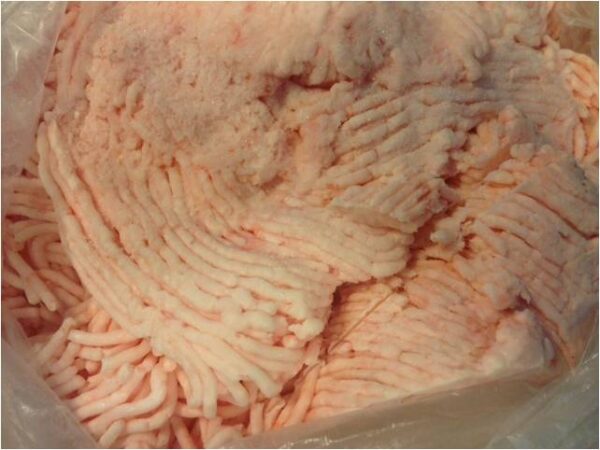
Next, add some of your fat to a large heavy duty pot. I like the kind that have a solid, thick bottom on to prevent heating too quickly.
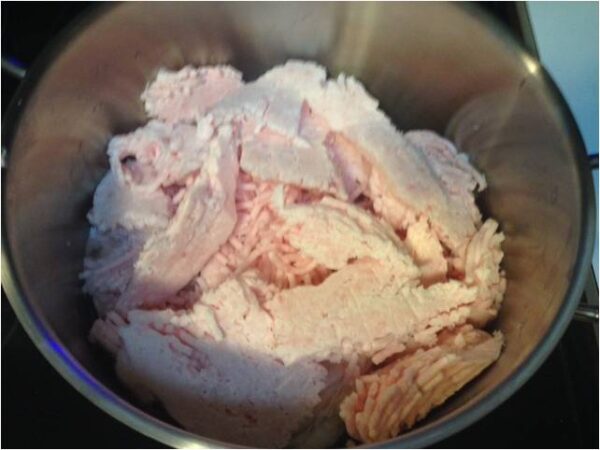
Next, cook on a very low temperature and stir frequently, making sure nothing is sticking to the bottom.
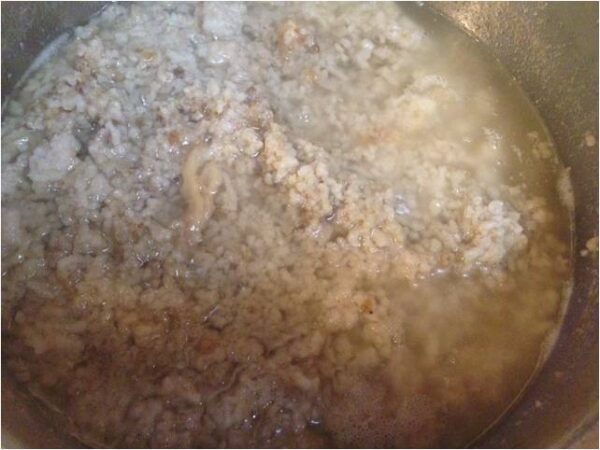
This is a very slow process. Patience is definitely a must when making Lard but definitely worth every minute. I have large amounts of pig fat, so I continue to add more fat after I scoop some out.
Now you will want to strain it. I clip a few layers of cheesecloth onto a funnel for canning and I strain the lard through that into a jar, ready to get sealed.
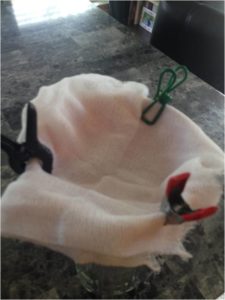
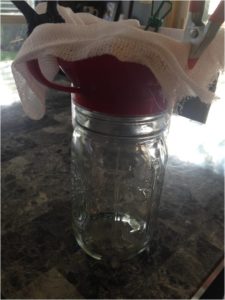
When I render lard, I make sure I have no other plans for the day. I look forward to this every year because it gives me a reason to stay home all day.
This year I hit the jackpot with the lard and have been working on it for 4 days now. I will have plenty to make all friends some wonderful treats that they all love. In the coming weeks I will share some of my recipes I make using lard. They are delicious!!
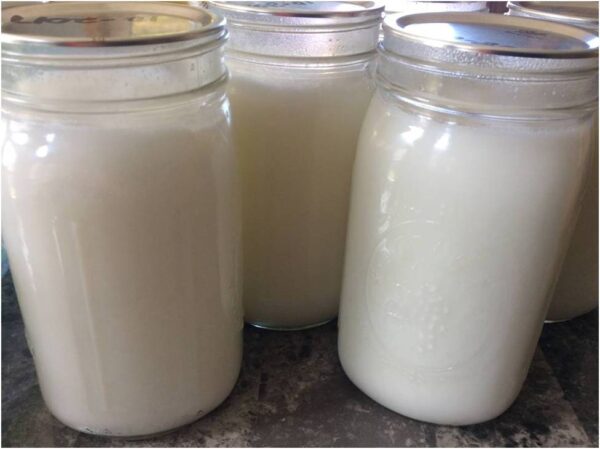
HOW TO RENDER LARD
Made with ♥ By Shannon
For a list of all Shannon’s recipe’s, check out the Recipes Made With Love page. Here you will find so many delicious ideas. If your in the mood for a snack, need a meal idea or just a warm drink, recipes made with love has got a variety of options to pick from. Here are some of our favorites.